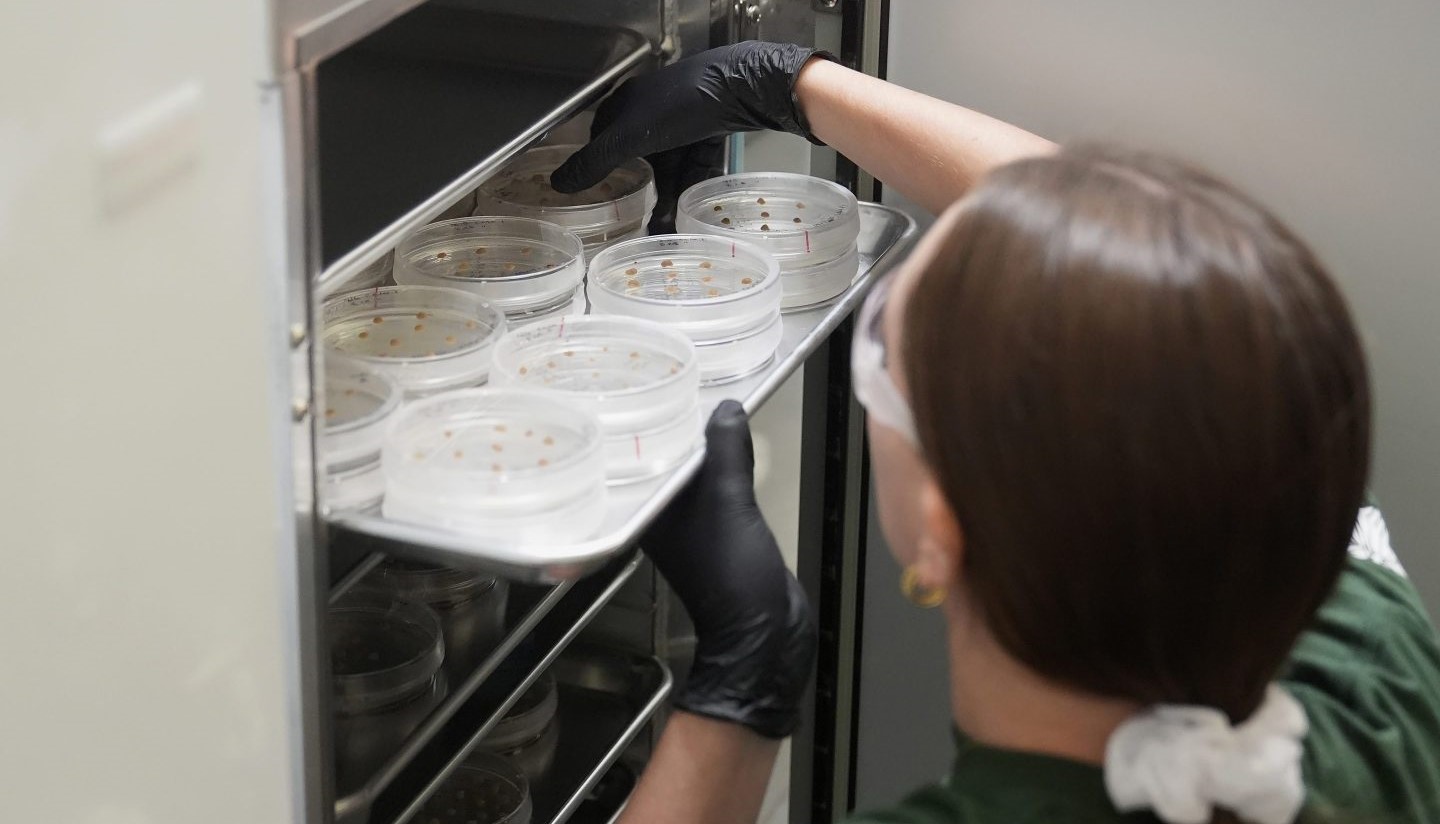(3 Minutes Read)
Advanced samples have already been created by agricultural/food scientists across the globe, from Northern California to the country of Israel
Cocoa cultivation is in for a radical change as many companies in the West are experimenting with new methods of cultivation using tissue culture and by developing cocoa substitutes.
Advanced samples have already been created by agricultural/food scientists across the globe, from Northern California to the country of Israel.
California Cultured, a plant cell culture company, is growing cocoa from cell cultures at a facility in West Sacramento, with plans to start selling its products next year. It puts cocoa bean cells in a vat with sugar water so they reproduce quickly and reach maturity in a week rather than the six to eight months a traditional harvest takes, said Alan Perlstein, the company’s chief executive. The process also no longer requires as much water or arduous labor.
Cocoa trees grow about 20 degrees north and south of the equator in regions with warm weather and abundant rain, including West Africa and South America. Climate change is expected to dry out the land under the additional heat. So, scientists, entrepreneurs, and chocolate lovers are innovating ways to grow cocoa and make the crop more resilient and more resistant to pests _ as well as craft chocolatey-tasting cocoa alternatives to meet demand.
The market for chocolate in the United States and Europe is massive. Sales surpassed USD25 billion in 2023, as estimated by the National Confectionary Association. Many entrepreneurs are betting on demand growing faster than the supply of cocoa. Companies are looking at either bolstering the supply with cell-based cocoa or offering alternatives made from products ranging from oats to carbs that are roasted and flavoured to produce a chocolatey taste for chips or filling.
The innovation is largely driven by demand for chocolate in the United States and Europe, said Carla Martin, executive director of the Fine Cacao and Chocolate Institute and a lecturer in African and African American Studies at Harvard University. While three-quarters of the world’s cocoa is grown in West and Central Africa, only 4% is consumed there, she said.
In Israel, efforts to expand the supply of cocoa are also underway. Celeste Bio is taking cocoa bean cells and growing them indoors to produce cocoa powder and cocoa butter, said co-founder Hanne Volpin. In a few years, the company expects to be able to produce cocoa regardless of the impact of climate change and disease _ an effort that has drawn interest from Mondelez, the maker of Cadbury chocolate.
Read Also:
That’s similar to the effort underway at California Cultured, which plans to seek permission from the U.S. Food and Drug Administration to call its product chocolate, because, according to Perlstein, that’s what it is.





